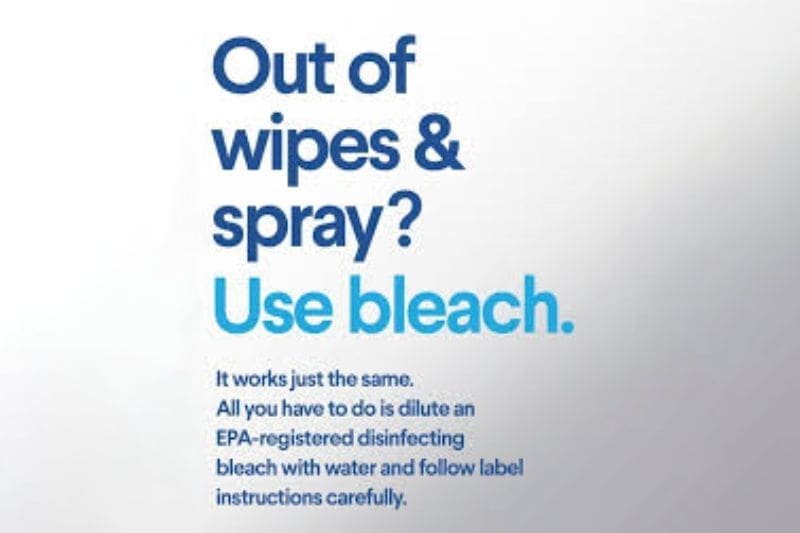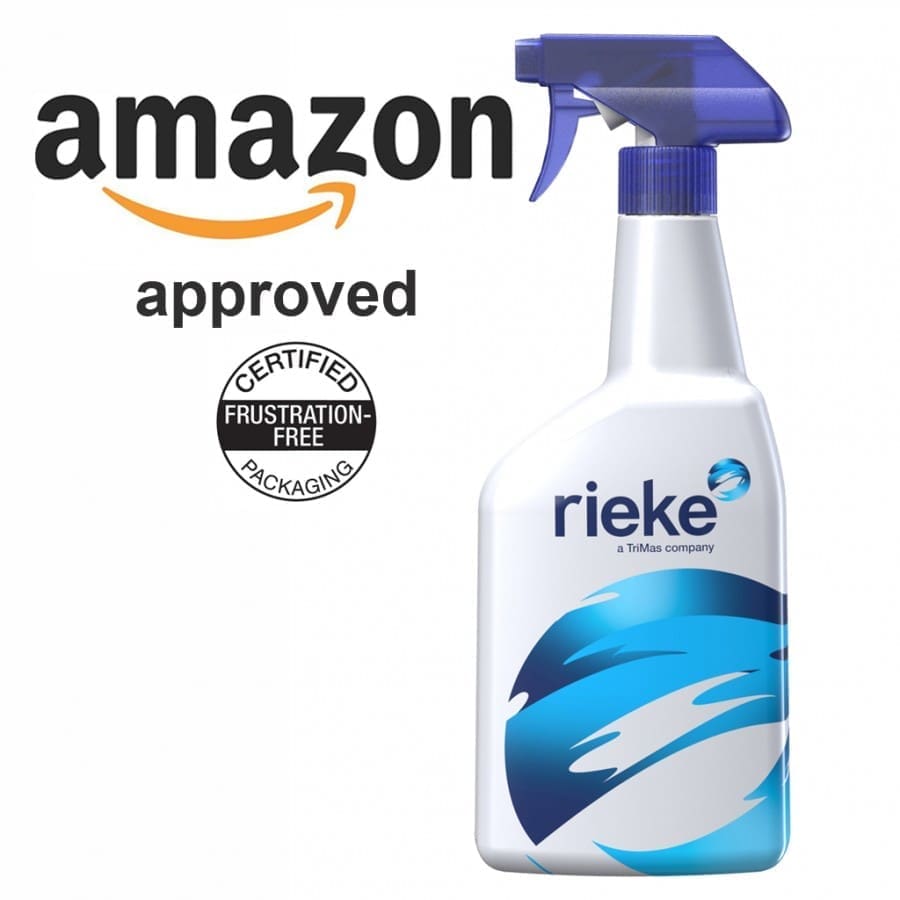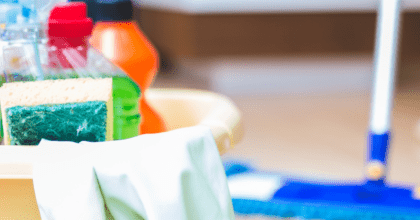The Great Recession of 2008 and the COVID-19 downturn both caused a great deal of economic pain. A key difference, however, is that the Great Recession drove economizing behavior in nearly every consumer packaged goods (CPG) category. Consumers viewed cleaning products as a platform to reduce overall household expenditures and that was evident in market performance. The household cleaning category declined during the recession and did not post positive growth until 2012.
By contrast, COVID-19 is having a decidedly different effect on various product categories. In particular, the pandemic is elevating the status of household cleaning products. Cleanliness has always been important, but cleaning products are now part of consumers’ survival strategy because, in the era of the pandemic, lax germ management can lead to negative health consequences.
This also means that fewer consumers will be willing to trade cost for performance, but that doesn’t mean they are not frugal. The job loss and financial pain stemming from the virus is unprecedented. However, when we consider that cleaning products – especially disinfectants – are among the categories subject to price gouging and being out of stock, it’s reasonable to surmise that near-term demand will be fairly inelastic.
Price gouging and out-of-stock products drive interest in DIY

The growing DIY disinfectant trend is emblematic of the cleaning category’s importance during this stressful time. In this era of growing ingredient transparency, household brands subject to “panic hoarding” can help consumers navigate the confusing world of homemade products as a stopgap until their favorite products are available again. Clorox is among the few brands that do this.
In the COVID-19 crisis, cleaning brands have become lifestyle brands
The household cleaner category is one in which consumers are using products differently in response to COVID-19. Social media is teeming with discussions about how consumers are learning to immediately remove and sanitize clothing, face masks and shoes when returning from a supply run. Many households have also taken to disinfecting delivery boxes or placing them in a 72-hour quarantine before opening. In short, consumers are changing their cleaning routines and adopting a triage mindset to decide what to clean and when.
For the household market, this means that consumers’ emotional engagement with these products is growing because the pandemic is turning cleaning brands into lifestyle brands. Brands have an opportunity to take a more holistic, multi-category approach to managing germs, but few have developed outreach and education programs to help consumers cut through the confusion and define the best homecare routine.
For example, when should consumers clean versus disinfect? How should residents of apartment buildings navigate common spaces like elevators and lobbies? Should clothing be removed and laundered immediately when returning from a run, or only after a shopping trip? Consumers could use more guidance on how and when to use cleaning and disinfecting products.
Brands that take the guesswork out of homecare will elevate their status from cleaning brand to lifestyle brand.
Consumers will be slow to return to pre-pandemic cleaning routines
Because of COVID-19’s human and economic toll, consumers will continue to be vigilant even after they emerge from lockdown. Beyond the risk of a second or third wave of the virus is the emotional imprinting induced by the pandemic. Nearly all Americans are either directly or tangentially affected by the virus, and the most innovative brands will work to calm anxiety with disinfectants that are proven against SARS-CoV-2, the virus that causes COVID-19.
Antibacterial cleaners have driven much of the global growth in the surface cleaning category. These cleaners have grown steadily year-over-year to represent 31.9% of new launches in 2019 and 34.8% in 2020 (through March 31), according to Mintel GNPD. As many consumers still might not differentiate between products that kill bacteria and those that kill viruses, COVID-19 has driven interest in antibacterial products. For at least a decade, there has been a trickle of cleaning products that claim to kill human coronaviruses. These are not optimized for SARS-CoV-2, and that’s where the opportunity lies. It is likely that a new class of virus-killing products will emerge to ensure peace of mind in the future.
A shift in shopping behaviors
COVID-19 has motivated a large percentage of consumers to stock up on household essentials and shop online. This is the case across every essential CPG category, but household products are unique in this context because prior to the pandemic, household products struggled online because the packaging wasn’t optimized for shipping. To correct this problem, brands, retailers and packaging companies have been collaborating to make household products friendlier to e-commerce. This effort is discussed in detail in Mintel’s 2019 Household Trend, ‘Trusted eTransit.’

We’re also seeing strong growth in concentrated surface cleaners and laundry detergents, which drive safer shipping. So while e-commerce is growing across the board in response to the pandemic, these timely innovations are likely to accelerate demand for buying household products online even faster. This is a behavior that will stick around once the pandemic abates.
What we think
For most people, the world has contracted to center on the home and family. It has caused millions to take stock and prioritize what’s truly important in life. For this reason, consumer focus will tip disproportionately to ensuring the safety and serenity of the home. That means cleaning products are now more important than ever.
Beyond innovating products that kill COVID-19, household brands have an opportunity to deliver normalcy and a sense of calm amid the chaos. While the growing trend of aromatherapy in cleaning products will help, psychologists discuss the need for routine as a mental health tool because it alleviates worry and stress, two emotions that harm our health.
A well-defined household cleaning regimen also reduces decision fatigue with regard to what to clean and when. Brands that take the guesswork out of homecare will elevate their status from cleaning brand to lifestyle brand.


















![[WATCH] 2 household care brand innovations tapping into the upcycling ingredient trend](https://www.mintel.com/app/uploads/2022/10/SocialMedia_EMEA_Upycling-Ingredient-Trends_Blog_1000x305-1.jpg)




















